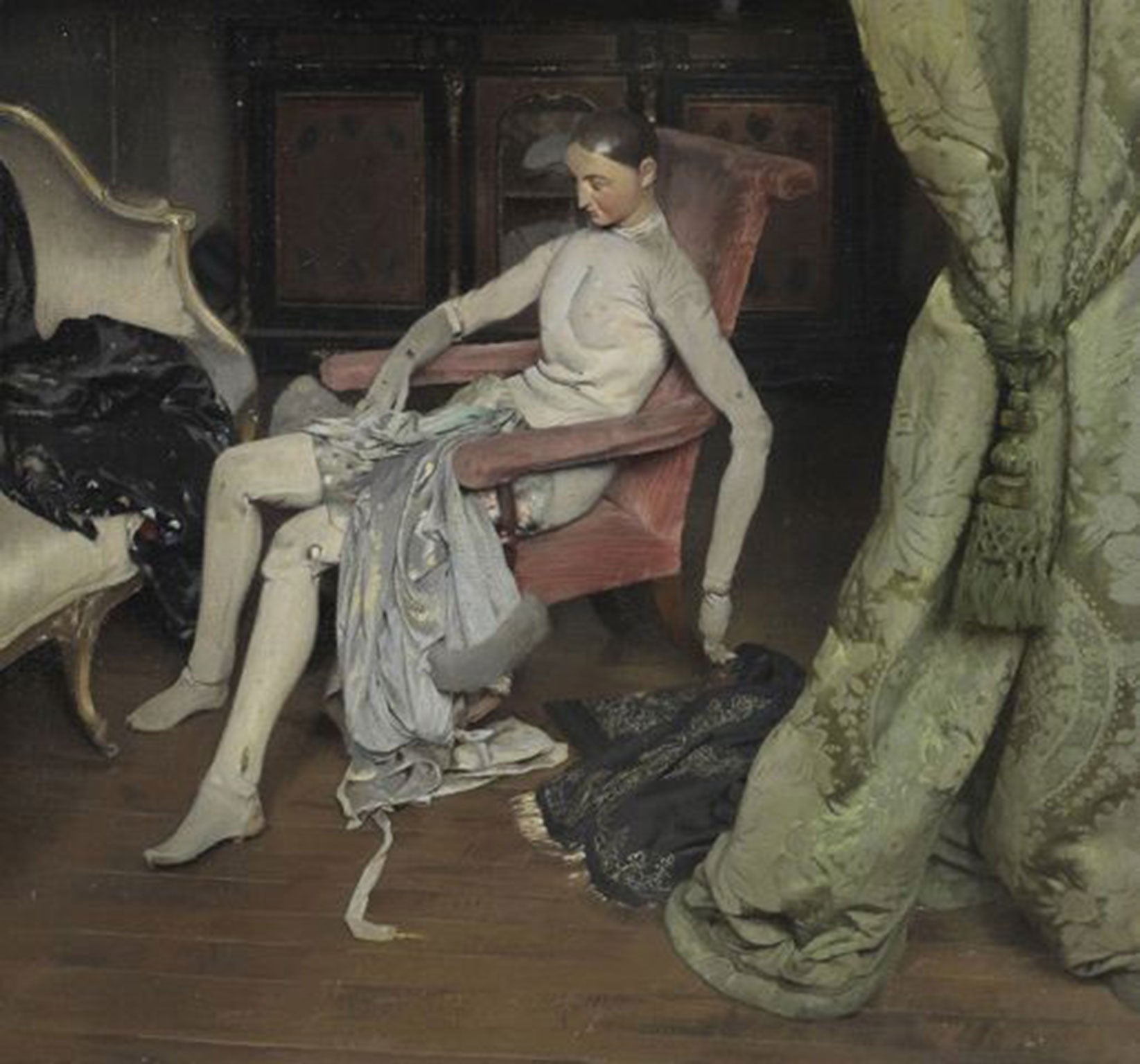A history of artists and their mannequins
A new exhibition explores these fascinating malleable and mute models

Your support helps us to tell the story
From reproductive rights to climate change to Big Tech, The Independent is on the ground when the story is developing. Whether it's investigating the financials of Elon Musk's pro-Trump PAC or producing our latest documentary, 'The A Word', which shines a light on the American women fighting for reproductive rights, we know how important it is to parse out the facts from the messaging.
At such a critical moment in US history, we need reporters on the ground. Your donation allows us to keep sending journalists to speak to both sides of the story.
The Independent is trusted by Americans across the entire political spectrum. And unlike many other quality news outlets, we choose not to lock Americans out of our reporting and analysis with paywalls. We believe quality journalism should be available to everyone, paid for by those who can afford it.
Your support makes all the difference.Slumped in an armchair, stomach creased, hair slicked down, a whisper of blue satin sliding across its crotch, the figure in Alan Beeton's 1929 painting Reposing isn't human. But it's not not human either. The sly modesty, the slouch and long, open legs invite the viewer to question the image, unpick the painting to work out what is not quite right. The answer? That it is a mannequin.
A new exhibition at the Fitzwilliam Museum in Cambridge peels back the prosthetics to uncover the history of these silent studio partners, the unmoving malleable models and well-worn anatomical companions who have "posed" for artists since the Renaissance.
From Hogarth to Gainsborough, Degas to Dali, Cezanne to Kokoschka, the use of mannequins has allowed not only more time for artists to experiment (without some aching model shuddering into muscle fatigue after three hours of pretending to pour milk) but has also given those paintings an extra layer of intrigue – an otherworldliness, an uncanniness and a fetishised stillness. Literally fetishised in the case of Kokoschka, who commissioned a life-sized doll of his muse and unrequited love Alma Mahler, after she married another man. Apparently, after painting his lay figure several times, the artist claimed to be "cured" of his passion, and so beheaded it.
"A mannequin can be a tool, but it also enables the artist to manipulate the emotions or reactions of the viewer," says Jane Munro, the curator of Silent Partners. "There are all sorts of stories of artists and mannequins cohabiting a studio; both in literature and art, such as The Tales of Hoffmann. A man would fall in love with an inanimate mannequin... But later in the 19th century, the paintings suggest a more troubled relationship; a relationship that isn't defined."
Of course, the great difference between model and mannequin is that an artist can have total control over a mannequin; a dominance that comes across as implicit violence in some of the paintings. "If you look at Degas's 1878 painting Portrait of Henri Michel-Lévy, for example, we assume that the figure is a mannequin because it is crumpled at his feet. But the artist seems to be looking defiantly at the viewer, as if challenging us to question what's been going on."
In the late 18th century, the so-called "perfect" mannequins created by Paul Huot sold across Europe for vast sums of money. Their complicated internal construction, padded with horsehair and cotton stockinette, gave the figure more veracity, mobility and expression than ever before. An under-the-cloth race was on to use the latest in engineering, technology and anatomical science to reproduce a convincing human figure for the paying market. In 1849, Jean-Désiré Leblond was granted a 15-year patent for his extraordinary "half-rubber" mannequin and François-Pierre Guillois' strange, jointed, wooden skeleton offered more opportunity for strident gestures than a living model did. Sometimes, perhaps, an inanimate dummy allows an artist to paint a greater human character.
Contemporary artists such as the Chapman Brothers use mannequins to question ideas of morality, beauty and social acceptability. Their sculpture Zygotic Acceleration, Biogenetic, De-Sublimated Libidinal Model is made from the conjoined components of several child dolls. The mannequin is no longer the invisible figure behind the painting, but the artwork itself.
"I think there is an endless fascination with mannequins as performers," the theatre designer Eleanor Field says. "There is a dynamic, though often still headless, tale being enacted."
And, let's be honest, if you're going to enact a headless tale, crumple an ankle, or conjoin a few limbs, it's probably better that you do it with a dummy.
Join our commenting forum
Join thought-provoking conversations, follow other Independent readers and see their replies
Comments